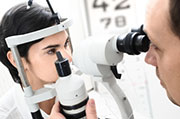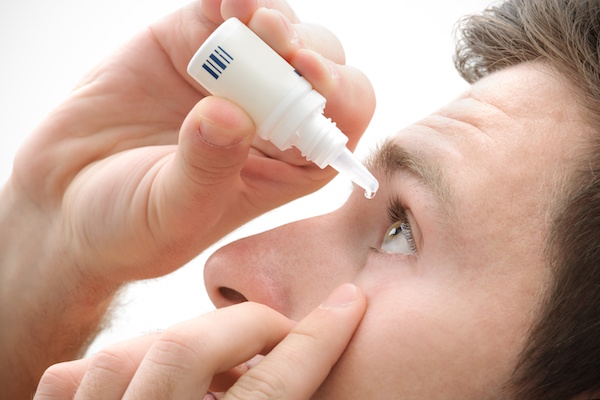
FRIDAY, Jan. 24, 2014 (HealthDay News) — Better eye care seems to have brightened the long-term outlook for people with glaucoma. The likelihood of blindness in glaucoma patients 20 years after diagnosis has fallen by at least half in the last generation, according to a new study.
Researchers analyzed the medical records of all the people 40 and older in Olmsted County, Minn., who were diagnosed with the eye disease between 1981 and 2000. The investigators compared these people to patients diagnosed with glaucoma between 1965 and 1980.
The incidence of glaucoma did not change, but the risk of going blind in at least one eye fell from about 26 percent in the earlier group of patients to less than 14 percent in the newer group. The researchers also found that the annual incidence of glaucoma-caused blindness dropped by more than half.
The results were published online in the January issue of the journal Ophthalmology.
“This is a testament to the skill and effort of the researchers, physicians and other care providers working in eye care over that period,” study senior author Dr. Arthur Sit, a Mayo Clinic ophthalmologist, said in a Mayo news release.
“Our improved understanding of glaucoma, along with better treatment and management of patients seem to have had this impact. Still, much research and public education remains to be performed,” said Sit. “A 14 percent blindness rate from a common eye disease is hardly ideal.”
Sit said early diagnosis was not a factor in the decreased risk of blindness from glaucoma, noting that the age of first diagnosis did not change.
The only early warning sign of glaucoma is a loss of peripheral vision, but most people fail to notice this change. Regular eye exams are the best way to diagnose the condition, Sit said.
More information
The U.S. National Eye Institute has more about glaucoma.
Copyright © 2025 HealthDay. All rights reserved.

